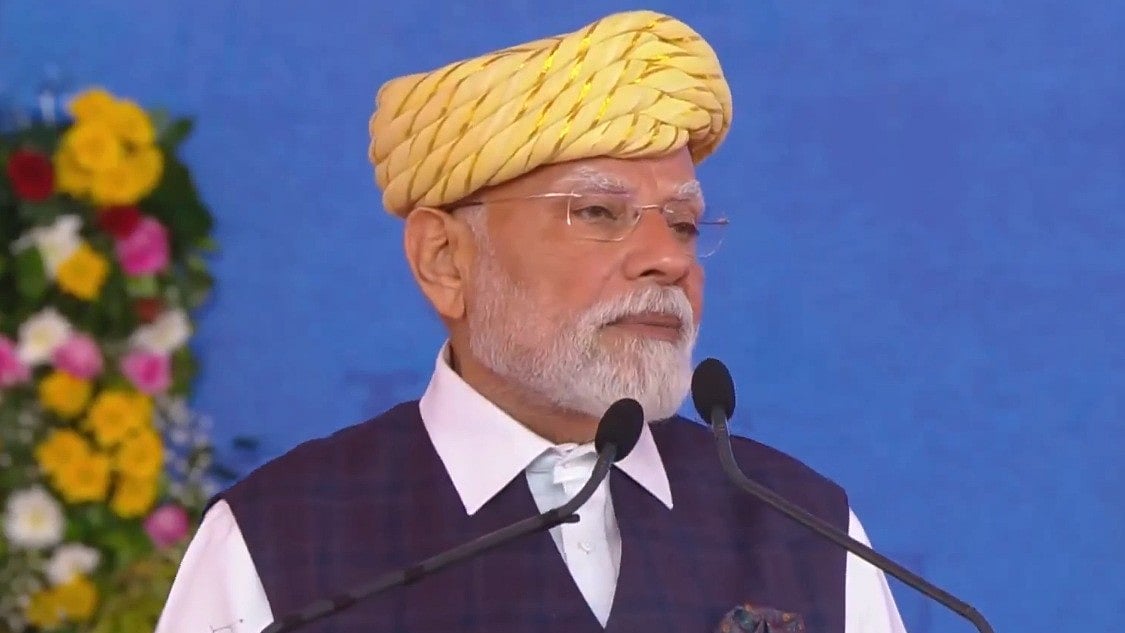With the Budget on the horizon, the real estate sector is anticipating the Modi 3.0 regime’s response to its needs. The sector is hopeful for measures to boost the sentiment. The future of the sector hinges on infrastructure development to enhance urban living standards and promote growth areas.
The talk in the sector is, “Will the government finally grant industry status to the entire housing sector? And will it take effective steps to rejuvenate the affordable housing segment?”
According to research by CREDAI-MCHI, the market has shown remarkable resilience in 2024. Sales in the top seven cities hit a record 4.93 lakh units in FY23-24. But the current growth is skewed towards mid-range and premium housing.
Affordable Housing Sees A Downturn
Affordable housing has seen a downturn since 2021, dropping from over 26% of the market in 2022 and 38% in 2019, to approximately 20% in Q1 2024. The share of affordable housing in the overall supply in the top seven cities also plummeted to 18% in Q1 2024, from nearly 40% in 2019.
Many incentives for buyers and developers of affordable housing have lapsed in the past two years, exacerbating the issue. Measures such as tax breaks are needed to revitalise this segment. It is suggested that the government reintroduces the 100% tax holiday for affordable housing developers.

About The Credit-Linked Subsidy Scheme
This benefit, previously available under Section 80-IBA of the Finance Act, 2016, provided tax relief on profits from affordable projects. Reviving the Credit-Linked Subsidy Scheme (CLSS) under the Pradhan Mantri Awas Yojana is essential. This scheme, which expired in 2022, provided subsidies to first-time buyers of affordable homes. The CLSS was available for loans to Economically Weaker Sections and Lower Income Groups for new constructions and home improvements. Reintroducing this subsidy will stimulate demand.
Need To Redefine The Criteria For Affordable Housing
There is also a need to redefine the criteria for affordable housing. According to the Ministry of Housing and Urban Poverty Alleviation, affordable housing is defined by property size, price and buyers’ income. Currently, it is described as a house with up to 90 square metres of carpet area in non-metropolitan cities and 60sqm in major cities, priced up to Rs 4.5 million. However, these price caps are not viable in many cities. For instance, in Mumbai, a budget of Rs 4.5 million is unrealistic.
The threshold should be increased to at least Rs 8.5 million for Mumbai and Rs 6-Rs 6.5 million for other cities. This adjustment would allow more homes to qualify as affordable, enabling buyers to benefit from lower GST rates and subsidies. I would suggest removing the cap from the definition of affordable housing and declaring all homes under 60sqm as affordable homes.
By addressing these issues, the government can ensure inclusive and holistic development, help Mumbai maintain its economic leadership, and meet the housing needs of an urban population projected to reach 590 million by 2030.
The author is an urban planner and architect, and is the COO of CREDAI-MCHI










